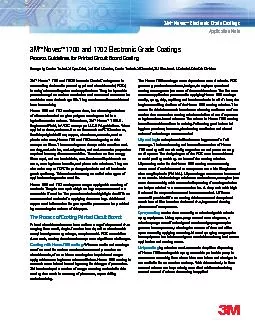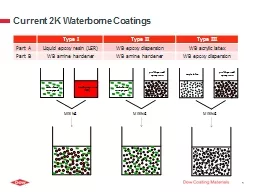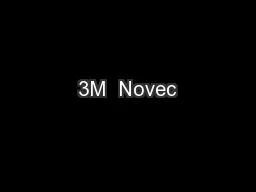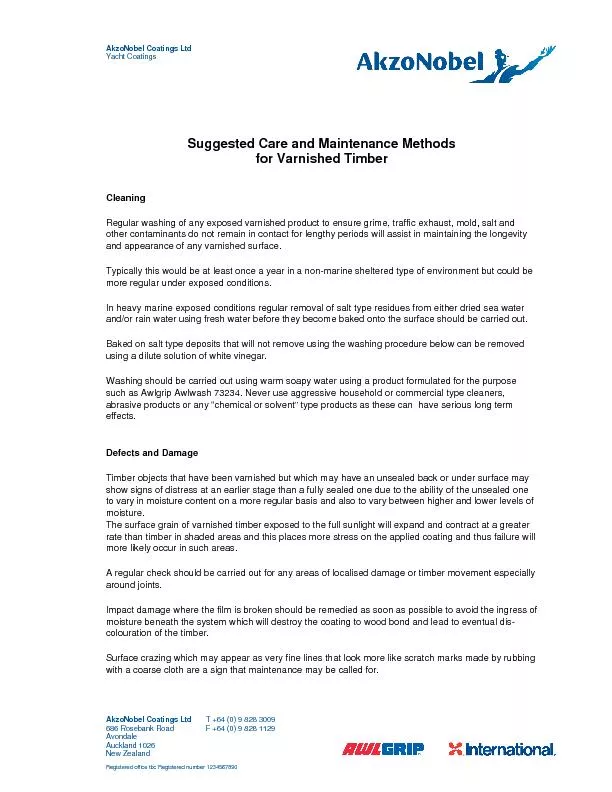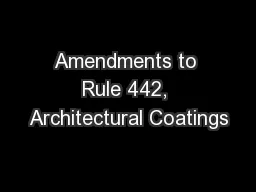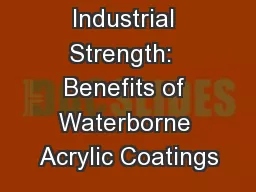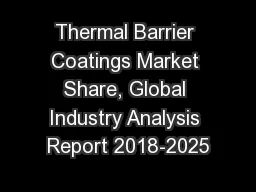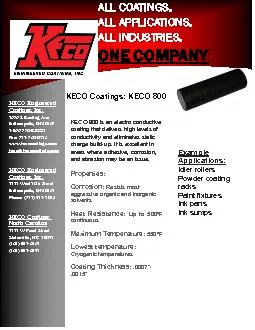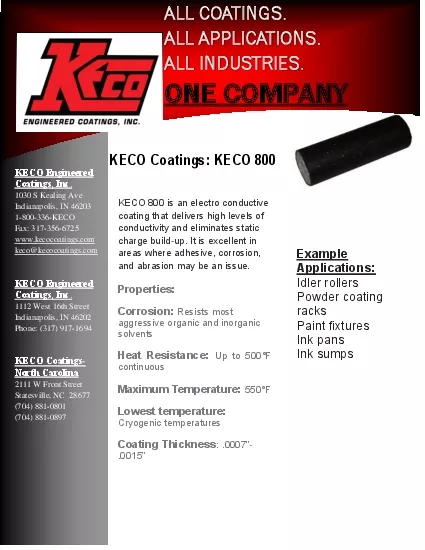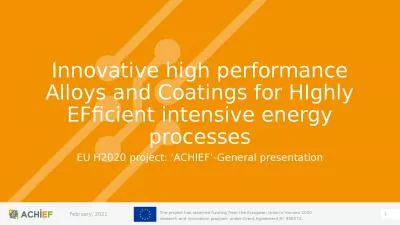PDF-Novec 1700 and 1702 Electronic Grade Coatings can be outstanding choic
Author : sherrill-nordquist | Published Date : 2016-02-26
Novec Electronic Grade Coatings Novec1700 and 1702 Electronic Grade CoatingsProcess Guidelines for Printed Circuit Board CoatingGeorge Ip Senior Technical Specialist
Presentation Embed Code
Download Presentation
Download Presentation The PPT/PDF document "Novec 1700 and 1702 Electronic Grade Coa..." is the property of its rightful owner. Permission is granted to download and print the materials on this website for personal, non-commercial use only, and to display it on your personal computer provided you do not modify the materials and that you retain all copyright notices contained in the materials. By downloading content from our website, you accept the terms of this agreement.
Novec 1700 and 1702 Electronic Grade Coatings can be outstanding choic: Transcript
Download Rules Of Document
"Novec 1700 and 1702 Electronic Grade Coatings can be outstanding choic"The content belongs to its owner. You may download and print it for personal use, without modification, and keep all copyright notices. By downloading, you agree to these terms.
Related Documents

